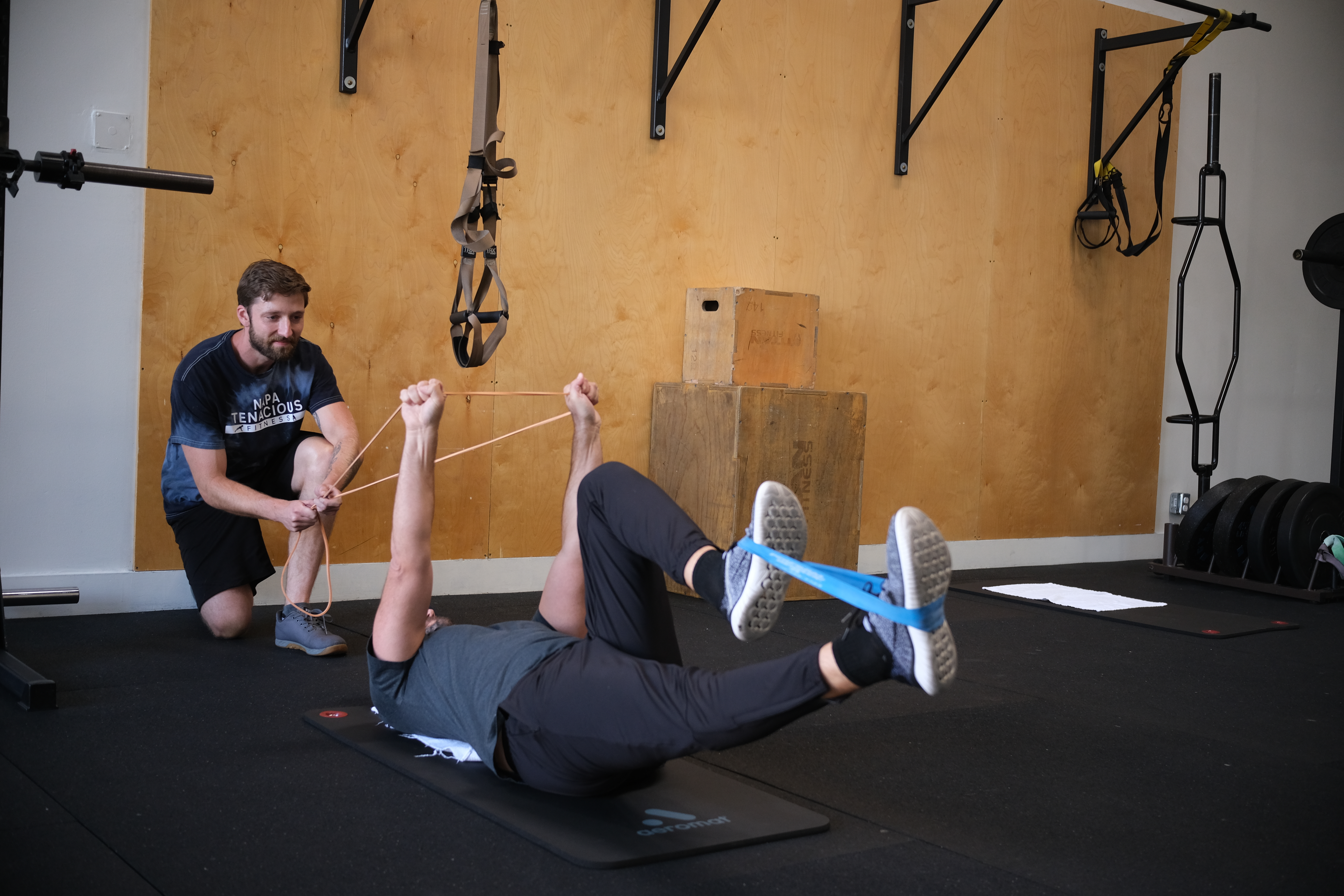The nuts and bolts holding together the framework of houses and buildings create a strong structural integrity to stay upright for a very long time. Looking at the oldest building in Napa, the Old Adobe building has a framework that lasted well over a hundred years. A building that was built back in the mid-1800s must have had some ingenious thought put into it since it still stands strong to this day. The infrastructure of the bones, tendons, ligaments, and muscles residing in the center of our body have a lot in common with the strong wood beams and masterfully engineered angles of support Cayetano Juarez had in mind when constructing the Old Adobe building.
The spine is one of the most important structures in the human body. Granted, every joint in the body should be considered an important area of the body. However, the vertebrae comprising our spine encases a very special organ in which is an elongation of our brain and the central command center of the nerves that make our limbs move. Say hello to the spinal cord.
Not only does our spine act as a strong supporting mechanism like the massive wood beams and iron bolts holding together the Old Adobe building, it also relays important messages to our muscles to move. Without a strong signal being sent from the spine to the skeletal muscles, we won’t move as efficiently. The muscles that attach the ribs and shoulder blades to the spine, and, the spine to the hips act as supporting attachments to keep the spine upright and prevent the likelihood of collapsing like a loose pile of blocks stacked up at the later half of competitive game of Jenga. These muscles are commonly identified as core muscles.
Akin to the fibrous core of an apple, the spine resides in the center of the body. Above the spine is the rib cage, and, below the spine are the hips. The muscles attaching the ribs to the spine help to keep the upper half of our body upright. The lower half of the spine has muscular attachments from the spine to the hips which not only helps the body to stay upright but also assists in rotational and bending movements throughout normal human activities.
The rectus abdominus can be identified as the “six-pack” muscles that reside on the surface of the front aspect of the abdomen. It’s located between the ribs and the pelvis. Another common muscle of note residing on the back half of our body is the quadratus lumborum which originates from the back of the hip and attaches to the upper portion of the lumbar spine. A commonly overlooked core muscle are the glutes. Located just below the spine, the glutes are a noteworthy core supporting muscle that keeps the hips underneath the torso. Without the glutes, the likelihood of the torso collapsing forward and additional stress being put on the spine to support the entire weight of the upper extremities becomes a risk factor for low back injury.
Many core muscles aid the body to function optimally throughout our everyday lives. However, focusing on strengthening just a few important supporting muscles at a time has the potential to reinforce our bodies to have a strong framework that can hold us up for years to come.
Sean McCawley, the founder and owner of Napa Tenacious Fitness in Napa, CA, welcomes questions and comments. Reach him at 707-287-2727, napatenacious@gmail.com, or visit the website napatenaciousfitness.com.

